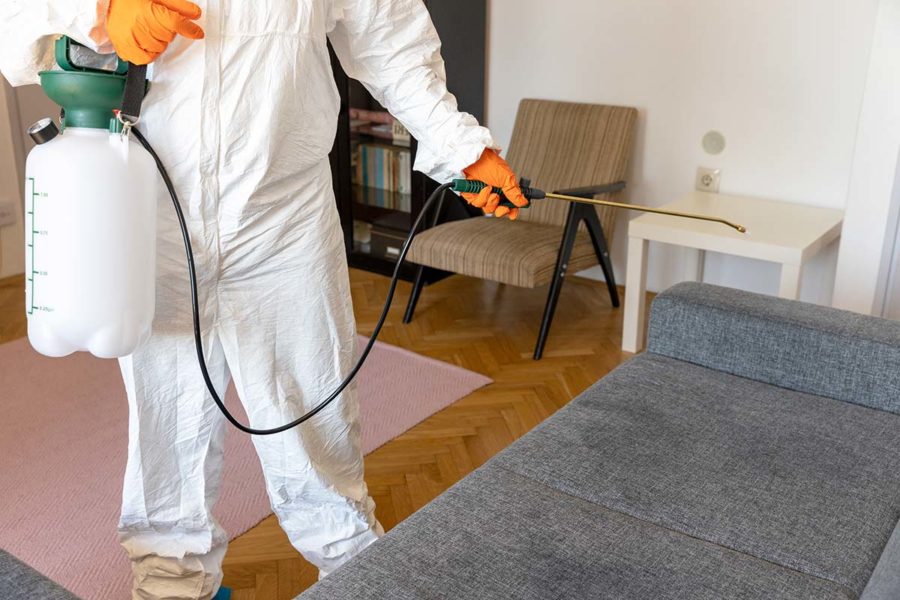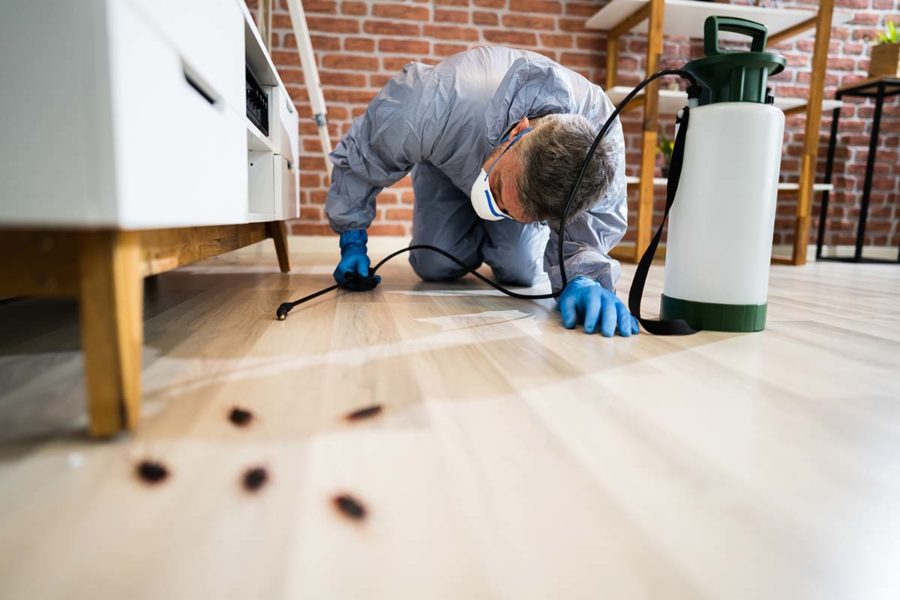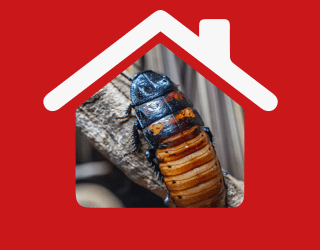An “End of Tenancy Fumigation” relates to a pest control or insect extermination process carried out in a Thurrock property at the end of a tenant’s lease. The purpose of this fumigation service is usually to eliminate or prevent the presence of pests, such as rodents or insects, before the Thurrock property is handed over to a new tenant. Landlords or property managers may arrange for end-of-tenancy fumigation to ensure that the new occupants move into a clean and pest-free environment (🏘️RM15 / 📞01375).
Key aspects of an end-of-tenancy fumigation may include:
Pest Control Assessment – Before beginning a fumigation, a thorough assessment of the Thurrock property is conducted to identify the type and extent of pest infestations.
Selection of Fumigants – Professionals will select appropriate fumigants or insecticides based on the pest identified in the assessment. The choice of chemicals depends on the nature of the infestation and the specific pests to be targeted.
Professional Fumigation Services – Trained pest control experts are often hired to carry out the fumigation. These experts have the experience to apply the chemicals safely and effectively.
Compliance with Regulations – The fumigation process must comply with local Thurrock and national regulations governing pest control and the use of certain chemicals. This makes sure that the safety of occupants and the environment.
Proper Ventilation – Once the fumigation has been completed, the Thurrock property needs appropriate ventilation to make sure of the removal of any residual fumes or chemicals before it is deemed safe for reoccupation.
Documentation – Property managers or Thurrock landlords may keep documentation of the fumigation process, which includes details of the chemicals used, application dates, and safety measures taken. This documentation may be useful for records, property management, or any potential tenancy disputes.
An end-of-tenancy fumigation is seen as a proactive measure to maintain a property’s hygiene standards and prevent the spread of pests. It is essential to communicate effectively with both the incoming and outgoing tenants, providing them with clear instructions and information about the process to ensure a smooth transition.





